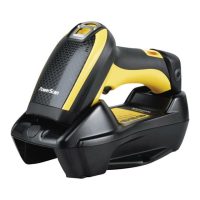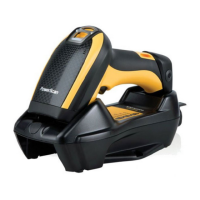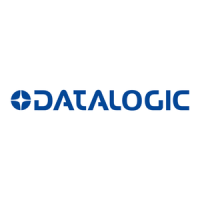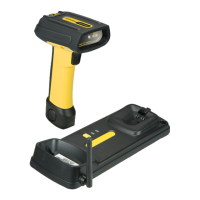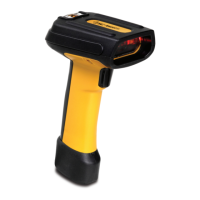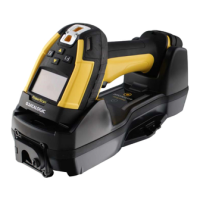ETHERNET/IP™: Industrial Protocol
30
BC9180™ Base Station/Charger
For example, one temperature assembly may be configured to report
every time it changes state while the second may be configured to report
every one-second regardless of a change in state.
Assemblies are usually predefined by the vendor but CIP also defines a
m
echanism in which the user can dynamically create an assembly from
application layer object attributes.
VENDOR SPECIFIC OBJECTS
Objects not found in the profile for a device class are termed Vendor
Specific. These objects are included by the vendor as additional features
of the device. The CIP protocol provides access to these vendor extension
objects in exactly the same method as either application or required
objects. This data is strictly of the vendors choosing and is organized in
whatever method makes sense to the device vendor.
In addition to specifying how device data is represented
to the network,
the CIP protocol specifies a number of different ways in which that data
can be accessed such as cyclic, polled and change-of-state.
USER CHALLENGES
EIP implementation is not without challenges. Two of the most important
challenges to the first time user include training and network configura-
tion. One common problem is the lack of trained staff who understands
b
oth the IT fundamentals and the automation network. A collaborative
effort between the IT and Automation staffs is required to successfully
implement the first ETHERNET/IP™ system. A second challenge is proper
network configuration. Planning your Ethernet factory automation infra-
structure is essential. Careful identification of
all your control loops,
choosing the correct routers, switches and paths and documenting your
network properly are requisites for a communications network which
meets your production goals and requires little ongoing maintenance.

